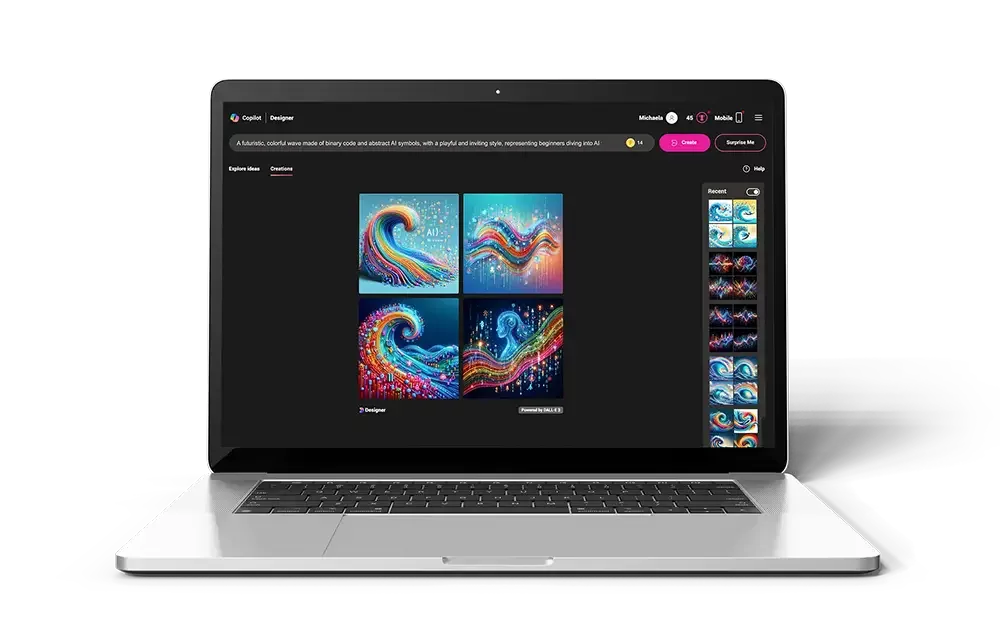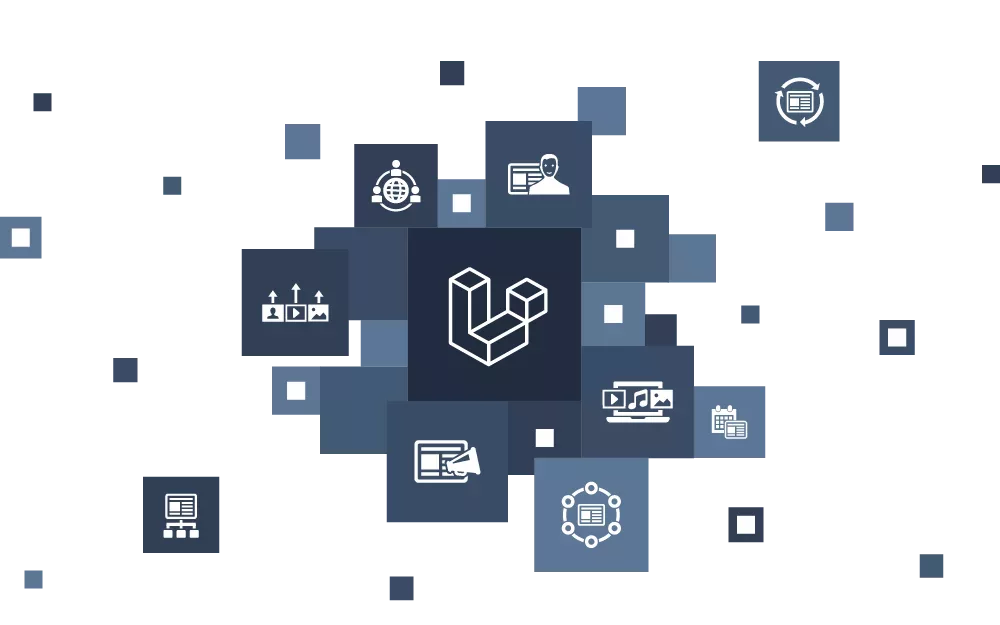Overview: Popular AI Tools
Artificial intelligence (AI) has already found its way into our everyday lives. However, the technologies are constantly evolving and new tools are continuously coming onto the market. To keep up to date, this article provides an overview of some of the AI applications that are currently popular.

Constantly learning new skills and tools is part of everyday life in the digital world, but it also takes a lot of time. Once you have mastered one program, there is already a new, supposedly better one. This has been particularly evident with the AI trend, which is why I would like to share with you my attempt to get an overview of the current AI tools.
What Is the Story Behind Artificial Intelligence? #
AI has actually been around for a very long time, the term was already used in the 1950s. In the last two decades, however, AI research has developed particularly rapidly and has become an integral part of many technologies and applications in areas such as healthcare, finance and transportation. Thanks in particular to technical advances, such as better and more cost-effective computing power, access to artificial intelligence has now also been made possible for "normal" developers and users. This is why one application after the next is currently being launched. On the one hand, because everyone wants to seize the opportunity for a new product, and on the other, because AI can be used in many areas or shows potential for use. A few weeks ago, a Regulation in the European Union - the so called "AI Act" - was established as a foundation for the use and regulation of artificial intelligence in the EU.
Although it is possible to create and train your own AI, the average developer lacks the resources to do so (e.g. data volumes). As a result, many of the new products are usually based on the same AI models that do the crucial work in the background. These models are provided by well-known companies such as Google, Microsoft, IBM, AWS or OpenAI, Stability AI and Nvidia for a fee and in some cases as open source projects (free of charge). Developers can access these models via an API and use them for their own application or software solution.
The models are also known as neural networks and are somewhat comparable to a brain. They differ in their architecture, the training methods and data, their performance and are therefore suitable for various areas of application such as text analysis, text generation, translation or also image recognition and image generation.
Examples of AI Models #
I asked ChatGPT 3.5 for a few examples of the best performing models. These are the results for different areas in the AI context:
NLP (Natural Language Processing) #
GPT-3 (Generative Pre-trained Transformer 3): Developed by OpenAI, GPT-3 is one of the largest known language models with 175 billion parameters. It has impressive capabilities in text generation and natural language processing. BERT (Bidirectional Encoder Representations from Transformers): A powerful language model from Google that is used for a variety of natural language tasks and has achieved impressive results.
Computer Vision #
EfficientNet: A model for image classification that impresses with its combination of efficiency and accuracy. ResNet (Residual Neural Network): A widely used deep neural network architecture used for image classification, object recognition and segmentation.
Reinforcement Learning #
- AlphaGo Zero and AlphaZero: Both developed by DeepMind, AlphaGo Zero and AlphaZero have shown excellent performance in chess, go and shogi.
- DQN (Deep Q-Network): A model for deep reinforcement learning used for solving problems.
Generative models #
StyleGAN and StyleGAN2: Developed by Nvidia, these models enable to generate high resolution, high quality images and have applications in art and photography.
- DALL-E: An image generation model developed by OpenAI that responds to text descriptions to generate creative and diverse images.
AI Tools to Explore #
For all those who have not yet found the right tool, here is a short list of tools that I came across in the course of my research. This list does not include established applications that of course also bring AI functionalities on board (e.g. Photoshop, Illustrator, Figma, Canva etc).
Image Generation #
- Midjourney
- Stable Diffusion
- DALL-E
- Bing Image Creator (mit DALL-E)
- OpenArt
- Dream Studio
- Krea AI
- Playground
- Invoke
- Artsmart
- Craiyon
- GetImg
- Dreamlike.art
- Night Cafe
- Leonardo
Webdesign #
Text Generation #
Code Generation #
Text to Video #
Text to Motion #
3D #
Motion Capture #
Please note that almost all of these applications involve costs if used intensively. In the area of image generation, Stable Diffusion is a free alternative. Stable Diffusion can be used to create images on your own PC. Designers like me need a GUI (a graphical user interface) to be able to operate the application. There are various solutions for this, such as Automativ1111, SD Next, IvokeAI, ComfyUI, DiffusionBee or Foooocus.
The version of ChatGPT 3.5. for generating texts can also be used free of charge and Devin AI currently seems to be emerging as a promising code generator.
Outlook #
AI tools are constantly evolving and it's worth keeping up to date and constantly looking into new applications. In terms of UI/UX design, I am now faced with questions such as what benefits can the integration of AI bring to individual software solutions or websites? What new products can be created? And how can existing applications be supported and improved with the help of AI? It is important to stay informed so that good innovations can also be used efficiently.
This also includes constantly exploring new applications and integrating them into your own workflow in a useful way. Image generation, text generation and, in some cases, code generation can be particularly useful here.
In addition to the overview of AI tools in this article, you can find further collections of countless AI applications under various categorizations on the following websites:
At last a recommendation to stay up to date on artificial intelligence. You can find a good newsletters on the topic here: The Neuron


 Jürgen Fitzinger
Jürgen Fitzinger



 Andreas Amon
Andreas Amon
